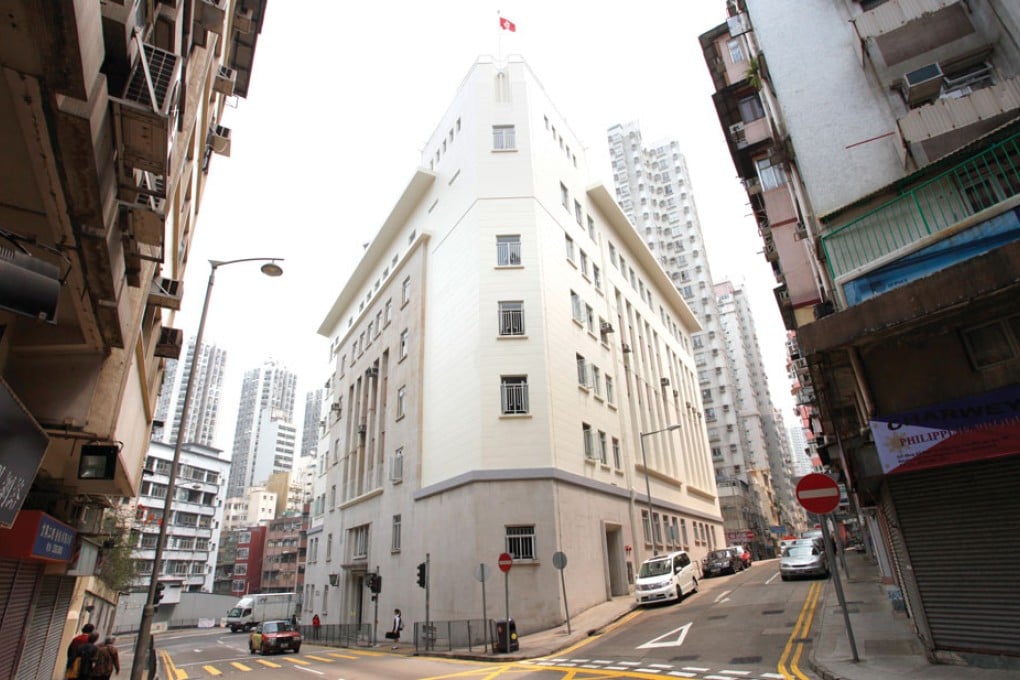Building Blocks
A new government plan asks landlords of old factories to improve their buildings and turn them into hotels or shops. But is the government making the most of its own properties? June Ng investigates.

Walk though the historic Western District and it’s likely that you’ll come face-to-face with a commanding, white building rising up before you. The building in question is the Western Magistracy, on Pok Fu Lam Road, which dates back 45 years but ceased functioning as a court in 2004. Despite being a Grade II historic building, it is now mainly used by the Drainage Services Department, which occupies four of the five floors.
However, Western District is crying out for more community facilities. District councilor Chan Chit-Kwai thinks Western Magistracy would be far better used as a community center and library than office space for a government department. Currently, more than 250,000 residents in Central and Western district have only two regular-sized libraries and one small-sized library, while Wan Chai residents—with just 60 percent of Central and Western’s population—enjoy three libraries, one of them being the Central Library.
The colonial décor of this old edifice should be available for everyone to see—at present only one floor is open to the public, and our photographer was kicked out by the on-duty receptionist when he tried to take pictures.
With the Development Bureau launching revitalization and readapted-reuse schemes for historic buildings to promote heritage conservation in the city, and such an urgent need for community space in the Western District, it is bizarre to see how the government has no intention whatsoever to revitalize its own poorly used buildings.
Head over to Mong Kok and you will find another government building not being used to its full potential. But this time it’s a different kind of potential. Situated on Nathan Road—one of the busiest streets in Hong Kong—and right next to an MTR exit, the Trade and Industry Department Tower is a building which could have made significant profit, if they followed an earlier plan to incorporate its first and second floors with the ground floor retail space to become a shopping arcade. Instead, the space is now used as a student loan office and a staff recreation room for the Trade and Industry Department.
The above examples raise a simple and obvious question: why can’t the government make better use of their buildings both in terms of revenue and to benefit the community? This question is particularly relevant considering the government launched its own revitalization plan last week aimed at encouraging landlords of old factory buildings to convert them into new premises.
